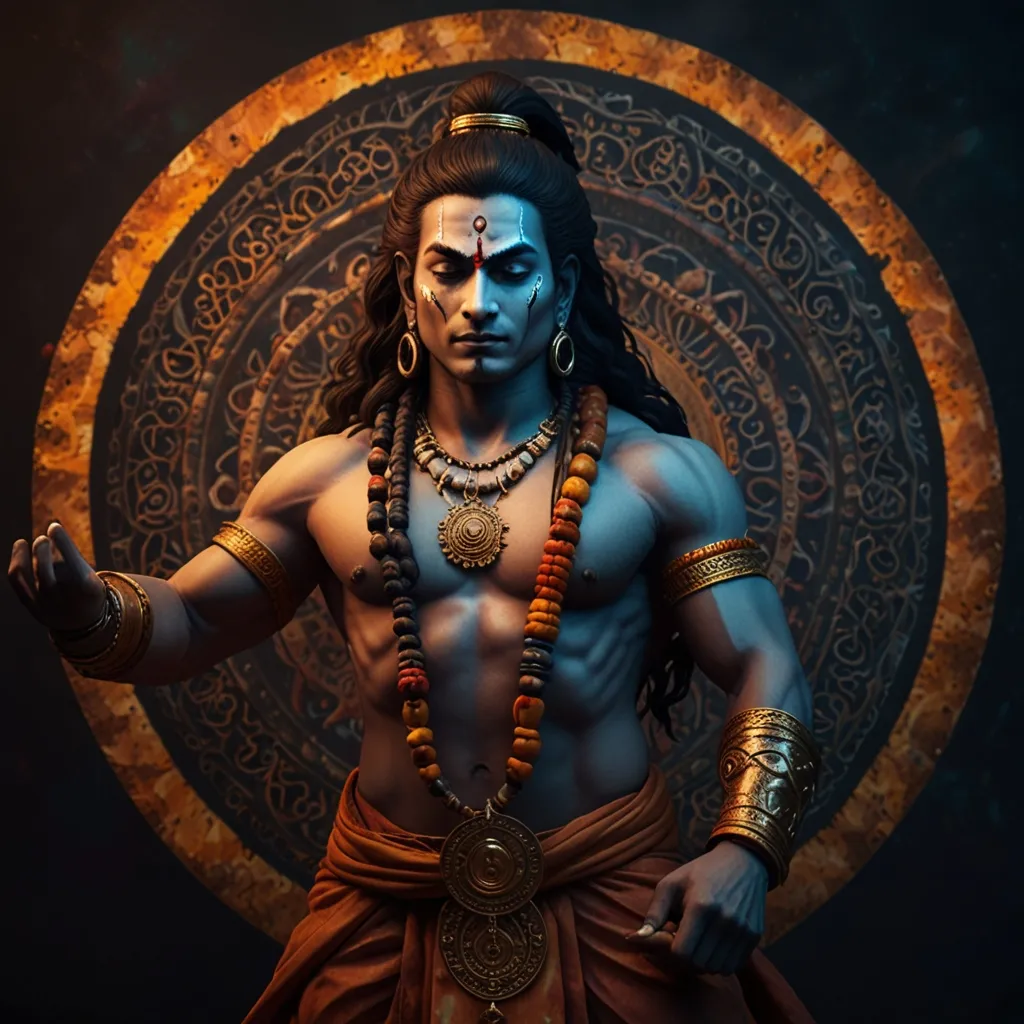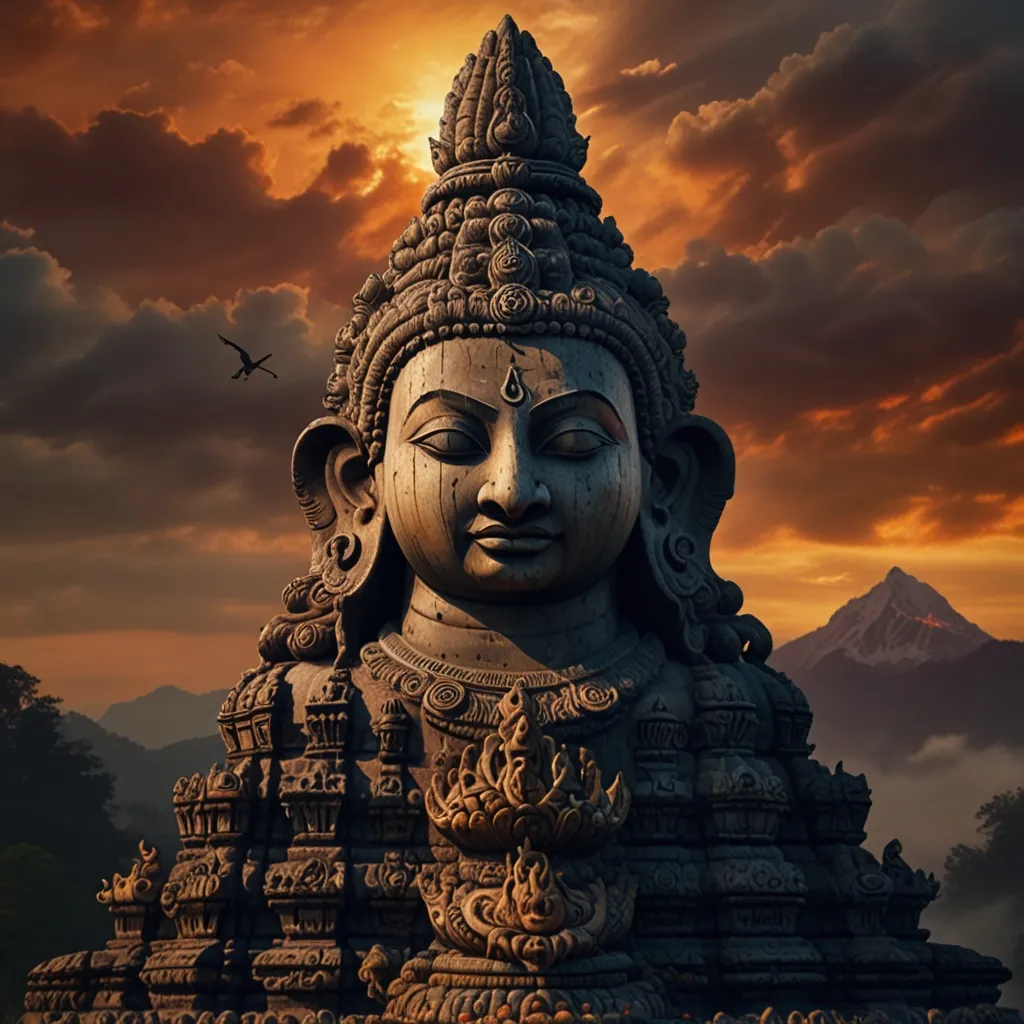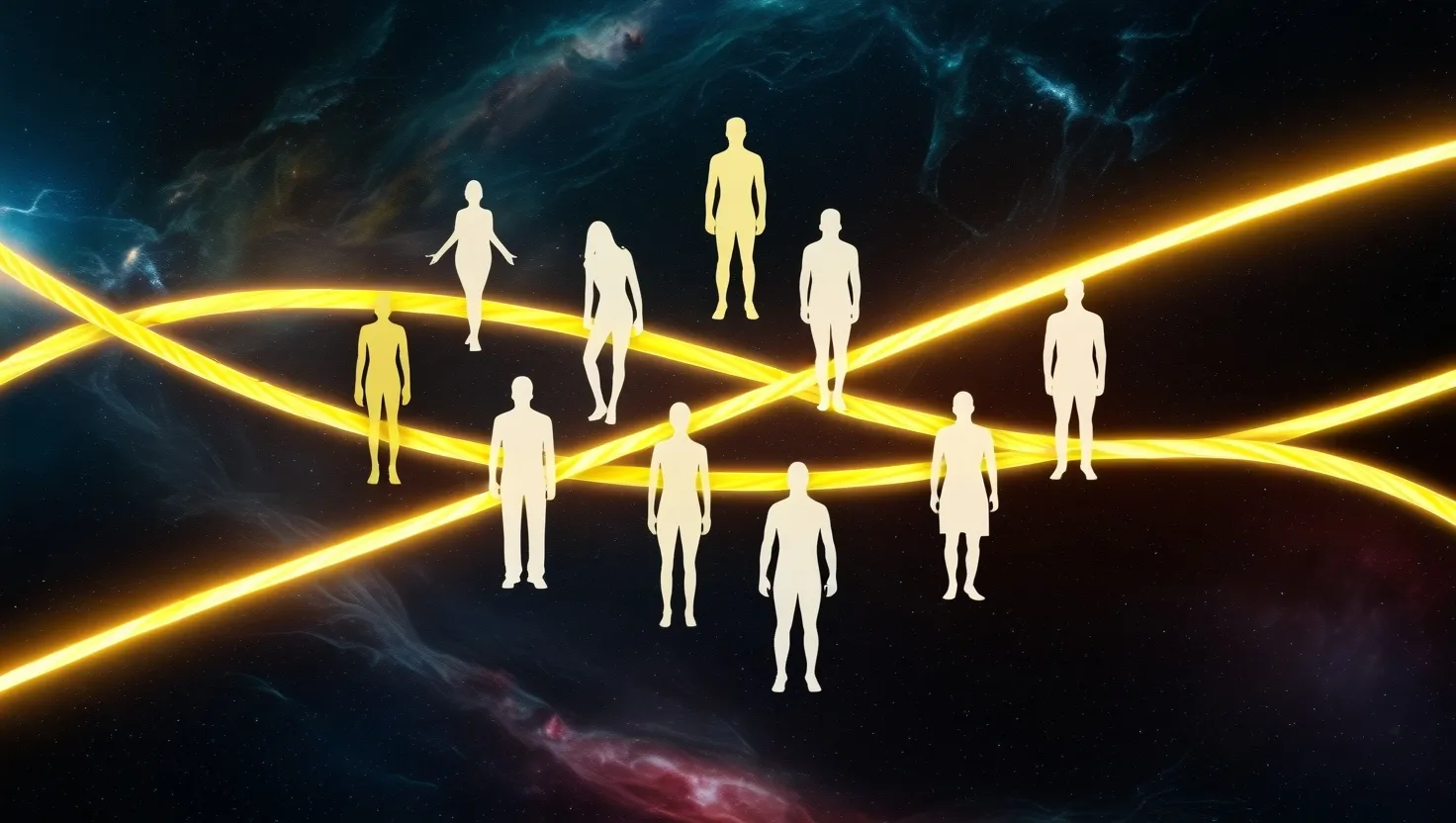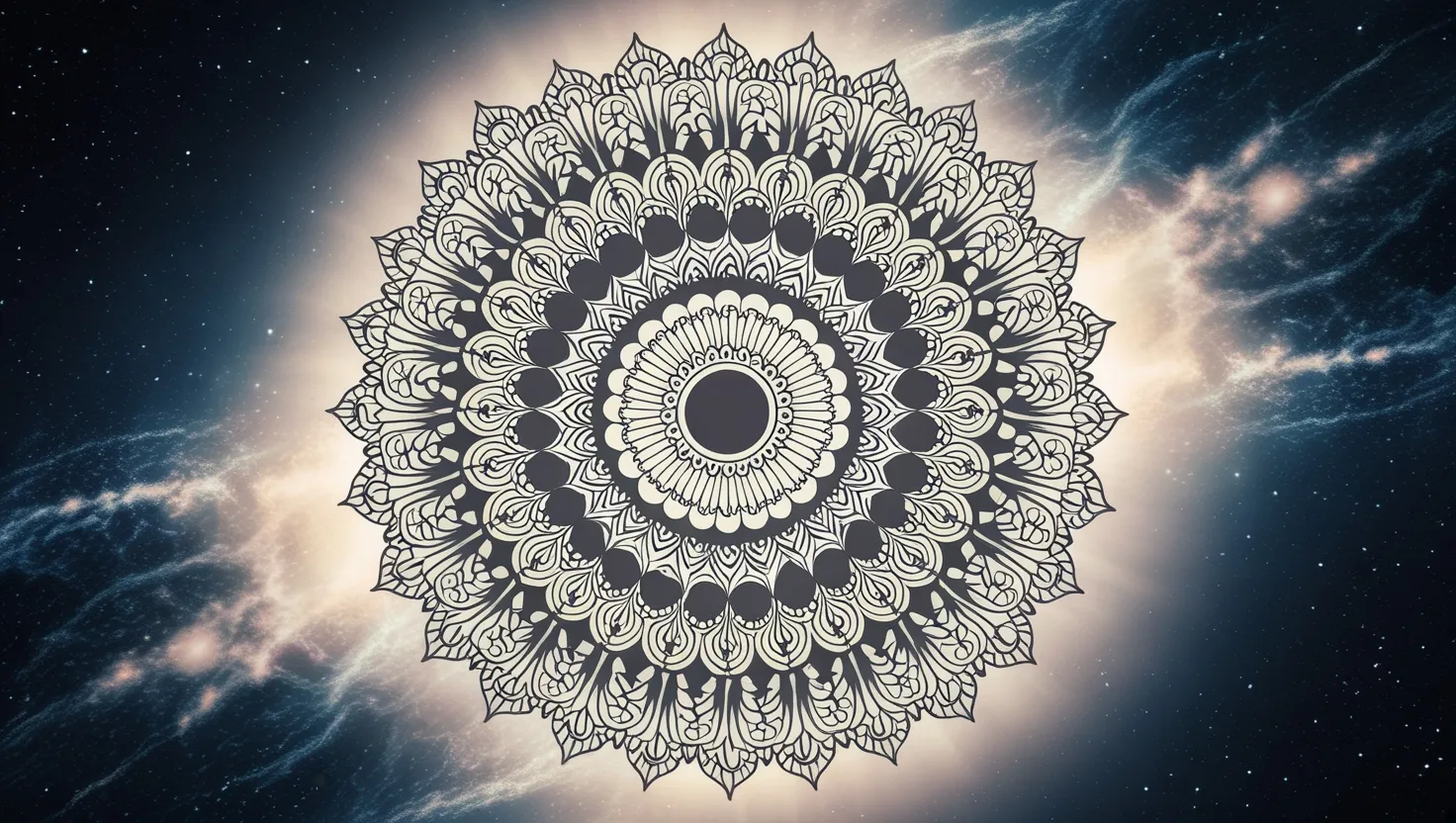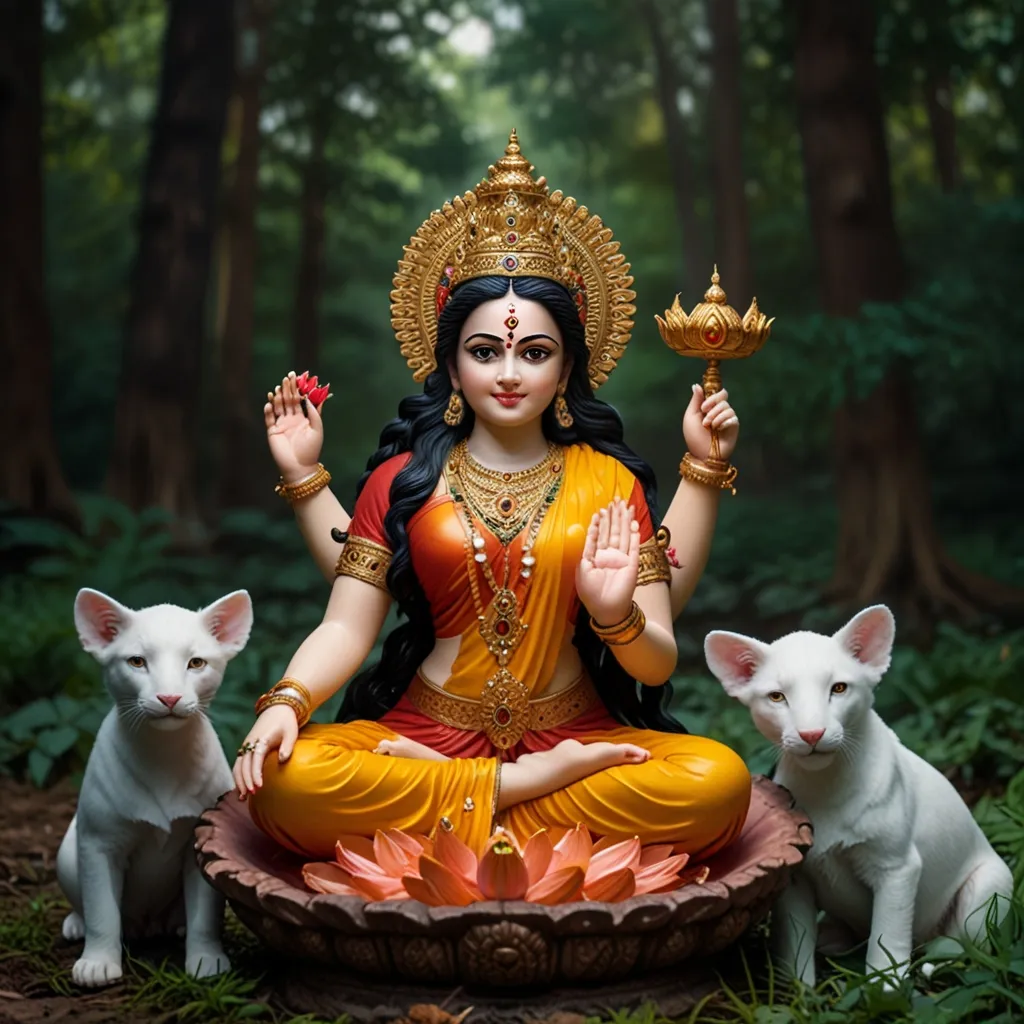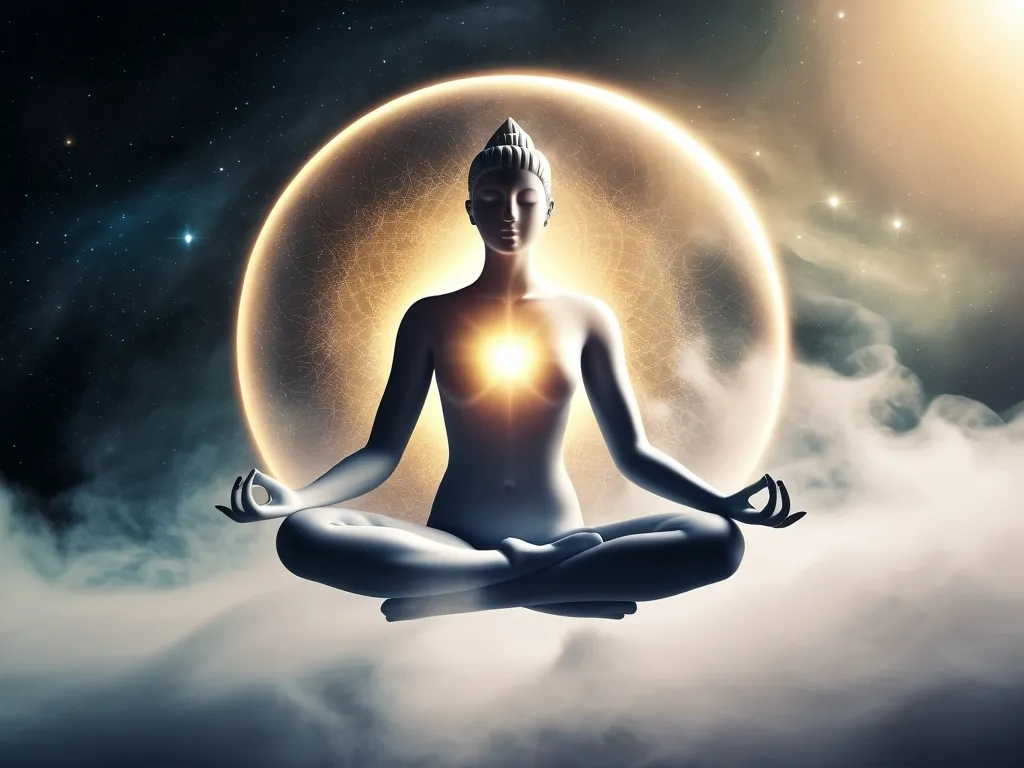Shiva, the Destroyer, is one of the three main gods in Hinduism, alongside Brahma the Creator and Vishnu the Preserver. You might wonder, why would anyone worship a destroyer? Well, it’s not about destruction in the way we think of it. Shiva destroys “maya,” or illusion. In Hinduism and Buddhism, maya is the material reality we perceive, influenced by our biases and cultural norms. Shiva doesn’t just destroy; he deconstructs illusions, and he does it through dance.
Shiva’s cosmic dance, called the Tandava, is more than just movement. Picture a deity dancing within a circle of fire, adorned with the moon and the river Ganges in his matted hair, serpents as garlands, and clothes made from tiger and elephant skins. His body, covered in ash from funeral pyres, has a cobra around his neck. This is Nataraja, the Lord of Dance.
Shiva’s dance, the Tandava, is a cosmic event. It’s said that he dances to keep the cosmos in motion and to liberate those who seek him. His dance is spontaneous and comes from his very nature. It’s a dance that captures the ebb and flow of divine energy, incorporating creation, preservation, destruction, illusion, and freedom.
There are two main forms of Shiva’s dance: the fierce Rudra Tandava and the gentle Lasya, also known as the Aananda Tandavam, the dance of bliss. In the Rudra Tandava, Shiva dances wildly within a fire aura, whipping up thunderstorms and shattering celestial bodies with his hair. His upper right hand holds an hourglass drum, symbolizing male and female energy, and his lower hand signals to “Be fearless.” A skull on his head signifies his conquest over death, and the goddess Ganga in his hair represents the holy river.
The Lasya is about creation after destruction. This dance happens in the ‘Chidambaram,’ the sky of the mind, which represents the center of consciousness at the heart’s altar. Shiva symbolizes ‘Brahmn,’ the universal consciousness. The cosmic serpent ‘Kundalini,’ draped by the Lord of Dance, is metaphorically present in every living being. Awakening the kundalini means activating the seven energy centers or ‘chakras’ in the spine.
Interestingly, Shiva’s dance also ties into the dynamics of subatomic particles, the very foundation of the universe. Modern physicists note that each subatomic particle engages in an energy dance, a process of perpetual creation and destruction. This idea is beautifully illustrated by the towering statue of Nataraja at the European Centre for Research in Particle Physics in Geneva.
Shiva’s dance is more than myth; it’s a blend of deep philosophy and science. It captures the cycles of creation and destruction, the dynamics of particles, and the awakening of energy centers in the body. It chronicles the interplay of divine energy, encompassing eternal energy’s five principles.
In essence, Shiva’s Tandava is a cosmic dance that deconstructs illusions, maintains cosmic order, and offers liberation. It embodies universal consciousness, energy awakening, and subatomic dynamics. It’s a dance that mirrors the cosmic cycles of creation and destruction and continues to inspire awe across the world.
